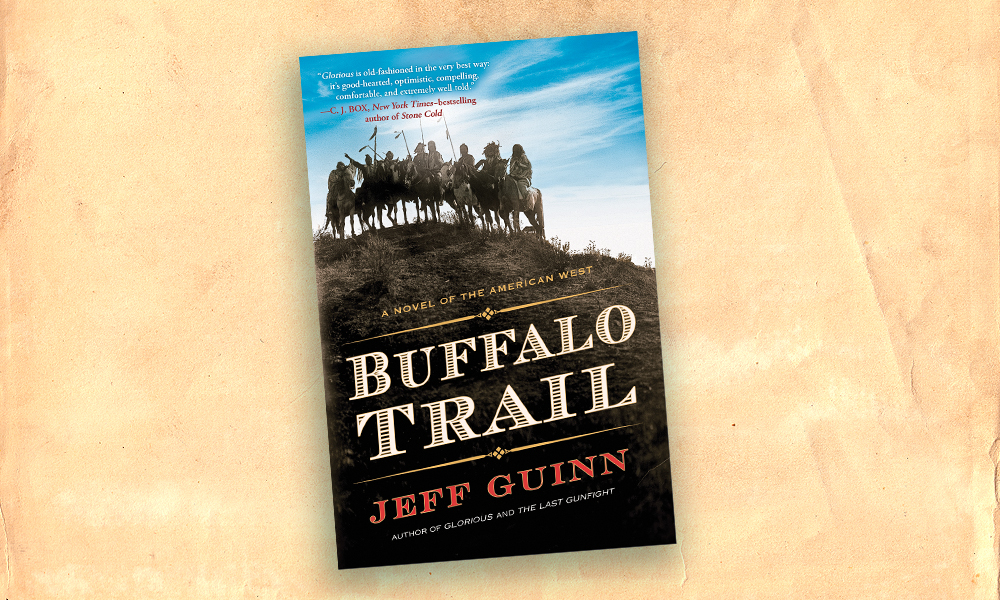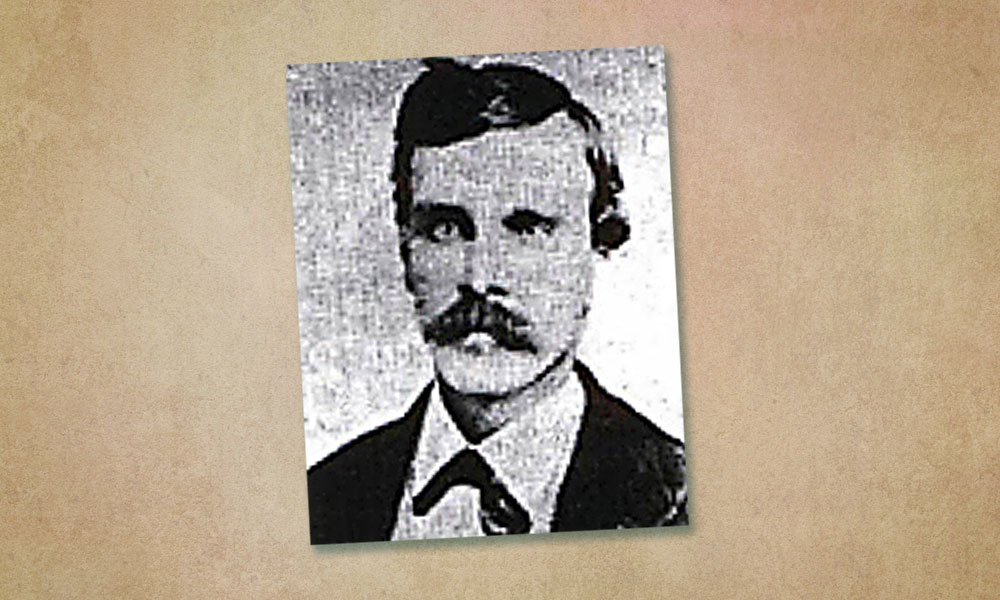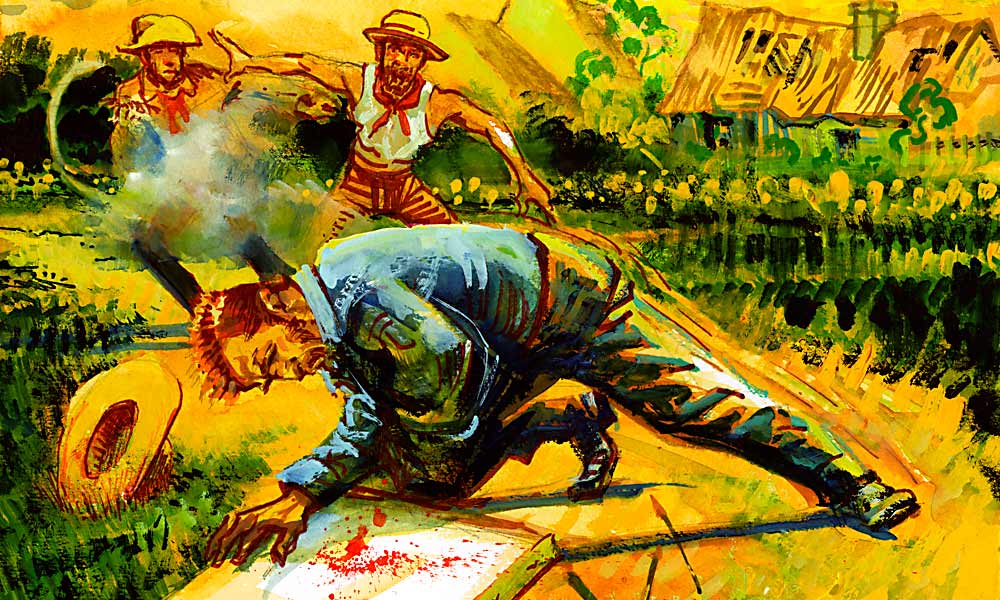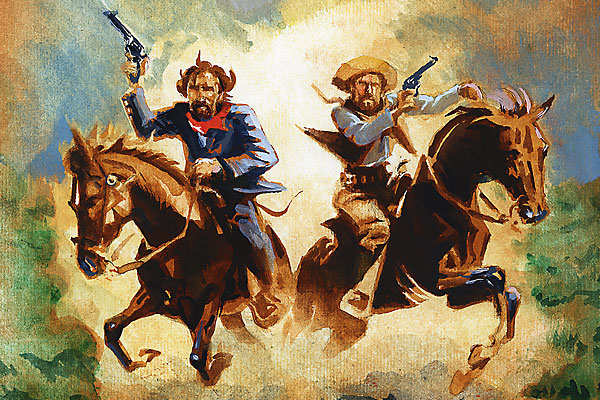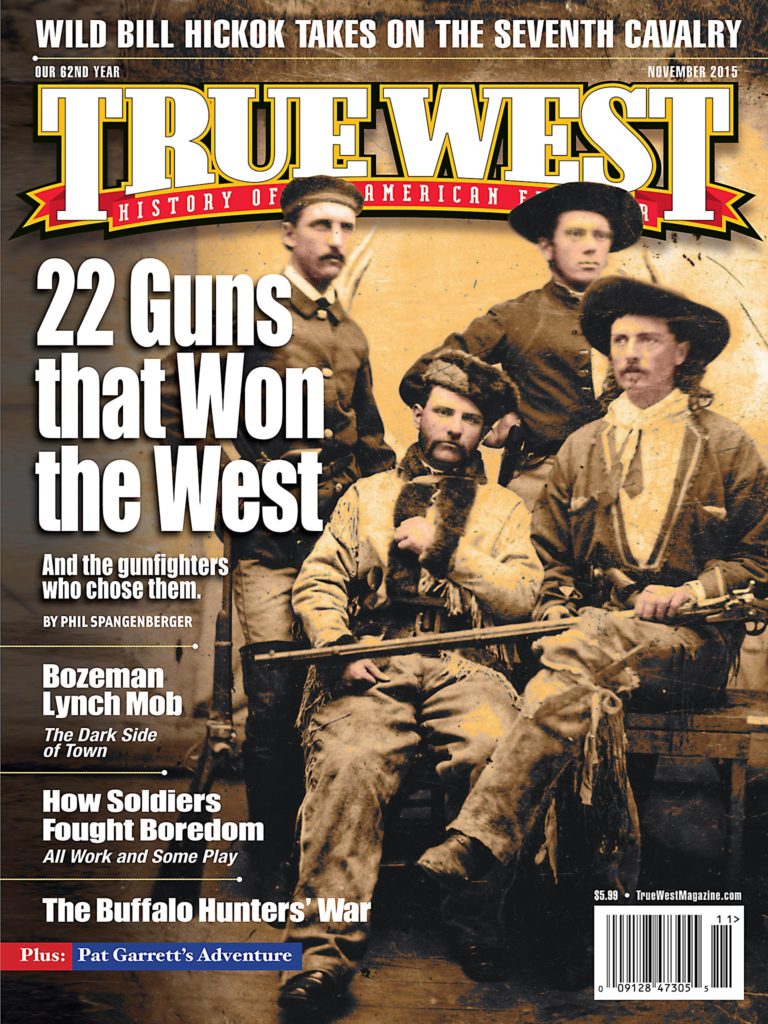The loneliness of greedy hide hunters, the courage of desperate men under attack and the anguish of a vanquished people fighting for their freedom converge on the harsh, sunburnt plains of the Texas Panhandle in 1873-’74 in Jeff Guinn’s second volume of his Cash “C.M.” McLendon series, Buffalo Trail (G.P. Putnam’s Sons, $27). Guinn’s hero, C.M., has drifted in, penniless, from the Arizona Territory (the setting from the first book, Glorious) to Dodge City, Kansas, where, like a latter-day Forest Gump, he is befriended by 20-year-old Bat Masterson and introduced to the hardscrabble life of a buffalo hide hunter and bone collector. Like in Glorious, Guinn expertly weaves the drama of Western history into his narrative. His adept, empathetic ability to bring voice to historical men and women of the West side-by-side with his fictional characters places the Texas author in a rarified group of authors including Jeff Shaara, Larry McMurtry, Loren Estleman and Lucia St. Clair Robson. In Glorious, readers received an introduction to Guinn’s ability to integrate real-life characters such as Ike Clanton into his narrative. In Buffalo Trail the writer creates a dynamic parallel story between C.M.’s adventures as a hide hunter with pal Bat Masterson and mentor Billy Dixon in Dodge City, and Comanche Chief Quanah Parker, his tribe and Indian allies caught between the Army and the buffalo men on the Southern Plains.
The strength of Buffalo Trail is Guinn’s ability to bring voice to so many historical characters, both white and Indian, men and women, in a parallel storyline of C.M., his fictional hero, and Quanah Parker, the historic antagonist. Historians of Southern Plains Indians, the demise of the buffalo, the post-Civil War settlement of Kansas, Oklahoma and Texas, and the Second Battle of Adobe Walls, will agree that Guinn brilliantly weaves the life of C.M. into the dramatic real events. The Fort Worth-based author is especially at his best when he brings voice—and perspective—to the Plains Indians who on a daily basis are witness to the end of their natural and cultural world, with death and defeat the only options in their future. He writes, “The People knew many ways to mutilate enemies without quite killing them on the spot, and Quanah was a master of them all.”
With his palette of wide vistas of post-Civil War Western history, Guinn’s gritty ride through the Southern Plains from Dodge City to Adobe Walls on the cusp of the final conflict between the encroaching Americans and the Comanches and their allies, the Kiowas, Southern Cheyennes and Arapahos, will keep readers turning the pages and eagerly awaiting the next volume in the series. With C.M.’s Homeric adventure zig-zagging through the panoply of Western American history and characters, I am hopeful that Guinn will keep his hero in Kansas long enough to meet Dodge City’s most famous law family, the Earps, before the lovelorn, lonesome fugitive
hero C.M.—and the infamous brothers—head back to Arizona Territory and a date with destiny.
—Stuart Rosebrook

